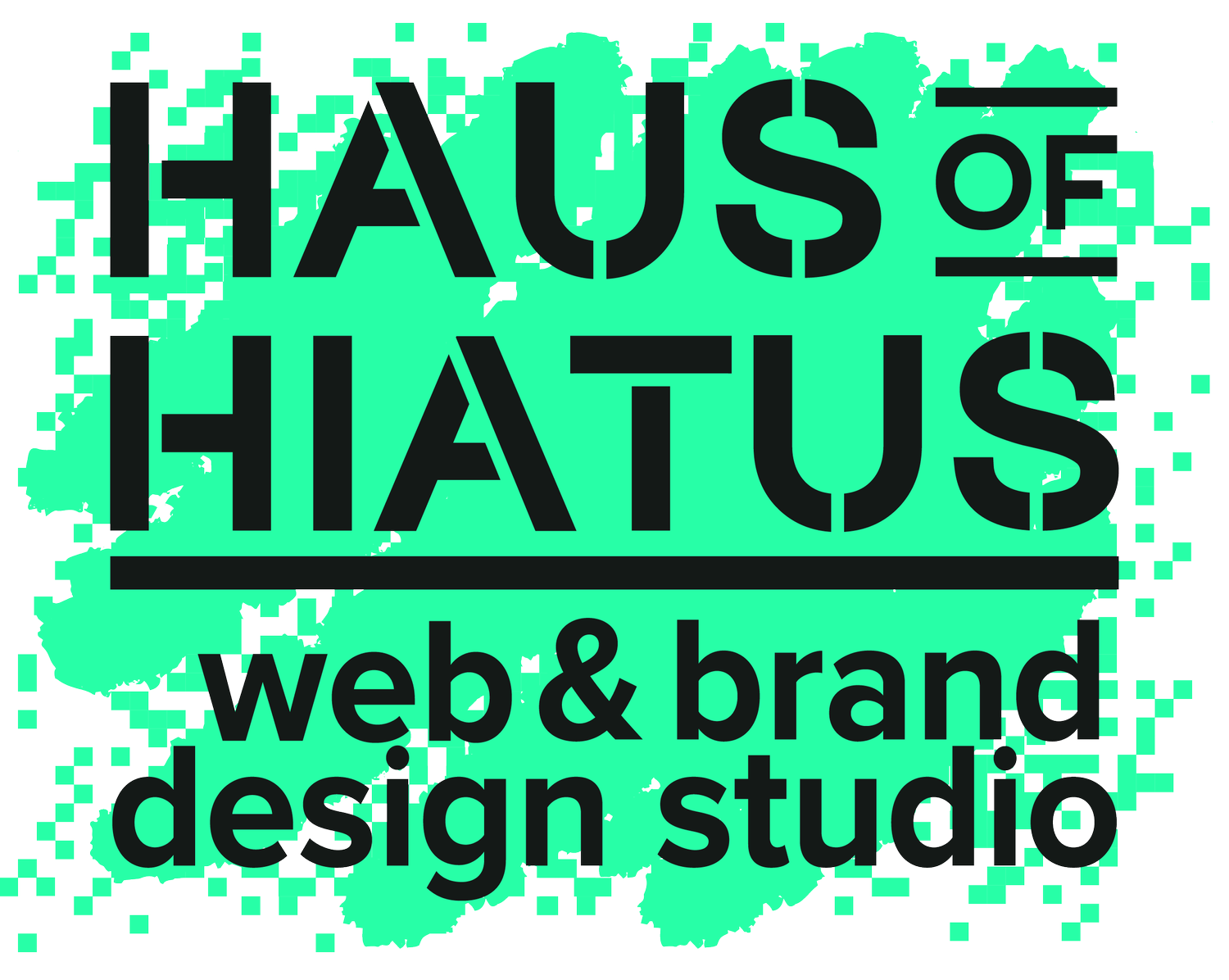
Our design philosophy
At Haus of Hiatus, our design philosophy is a guiding light, illuminating the path toward creative excellence.
Grounded in seven fundamental pillars, our approach stands as a testament to our commitment to delivering innovative, impactful, and memorable design solutions.
1. Affordability
Affordability is not merely a catchphrase for us; it's a core principle that shapes our design ethos. We firmly believe that exceptional design should be accessible to all, be it a start-up, scale-up or special project.
Our mission is to break the misconception that superior design comes with a hefty price tag. We are dedicated to delivering remarkable design solutions without breaking the bank, ensuring that creativity is within reach for enterprises of all sizes to help them scale.
2. The Client is a Central Part of the Design Process
At Haus of Hiatus, we recognise that our clients are our most valued insights into how the finished product should look.
We place our clients at the heart of the design process, acknowledging that their vision, objectives, and aspirations are paramount. We work together with our clients to craft designs that authentically reflect their vision and values regardless of how clear or fuzzy that is, ensuring that the final product is a true embodiment of their brand.
3. Be in the Right ‘Style Neighbourhood’
Design, like real estate, thrives on being in the right place.
Our philosophy places immense importance on context and relevance. We delve deep into understanding the environment in which our designs will thrive. To do this, we must research your peers, competitors, and other players, to see what brand spaces are unoccupied.
We ensure that our designs seamlessly fit into the right neighbourhood, resonating with the intended client to secure that important positive association with your brand.
4. Ensure Impact at Every Size
Our designs hinge on the adaptability of our creations at all scales, whether it’s a giant billboard, or a tiny mobile screen.
Regardless of the size, our designs are meticulously crafted to retain their visual allure and impact. We believe in the importance of versatility, ensuring that our designs offer the same sense of belonging and comfort, creating a lasting connection with the audience, whether viewed on a grand scale or a more diminutive one.
5. Genchi Genbustu (Go to the Problem at Source)
This Japanese principle, Genchi Genbustu, underpins our design philosophy. It encourages us to go to the source, to the very heart of the problem. We don't merely address the symptoms; we uncover the root causes.
This approach ensures that our design solutions are not superficial fixes but rather profound, transformative answers that bring long-lasting change.
6. Understand the Neuroscience of Why People Make Decisions.
Design isn't just about aesthetics; it's about the science of human behaviour.
To create impactful designs, we delve into the intricate world of neuroscience, studying why people make decisions. Understanding the psychological triggers and drivers that influence choices allows us to craft designs that not only captivate but also persuade and inspire.
7. Think at Least 5 Years Out
Great design should be timeless. To achieve this, we think beyond the immediate horizon. We aim to create designs that stand the test of time, ensuring they remain relevant, fresh, and impactful for at least five years and beyond. This forward-thinking approach not only guarantees long-term value for our clients but also establishes a legacy of design excellence for Haus of Hiatus.
You could summarise our design philosophy as a blend of affordability, client-centricity, contextual relevance, comfort, problem-solving prowess, an understanding of human behaviour, and a commitment to timeless design.
It's the compass that directs our creative journey, and it's the cornerstone of our commitment to delivering design solutions that leave a lasting mark on our clients and their audiences.
